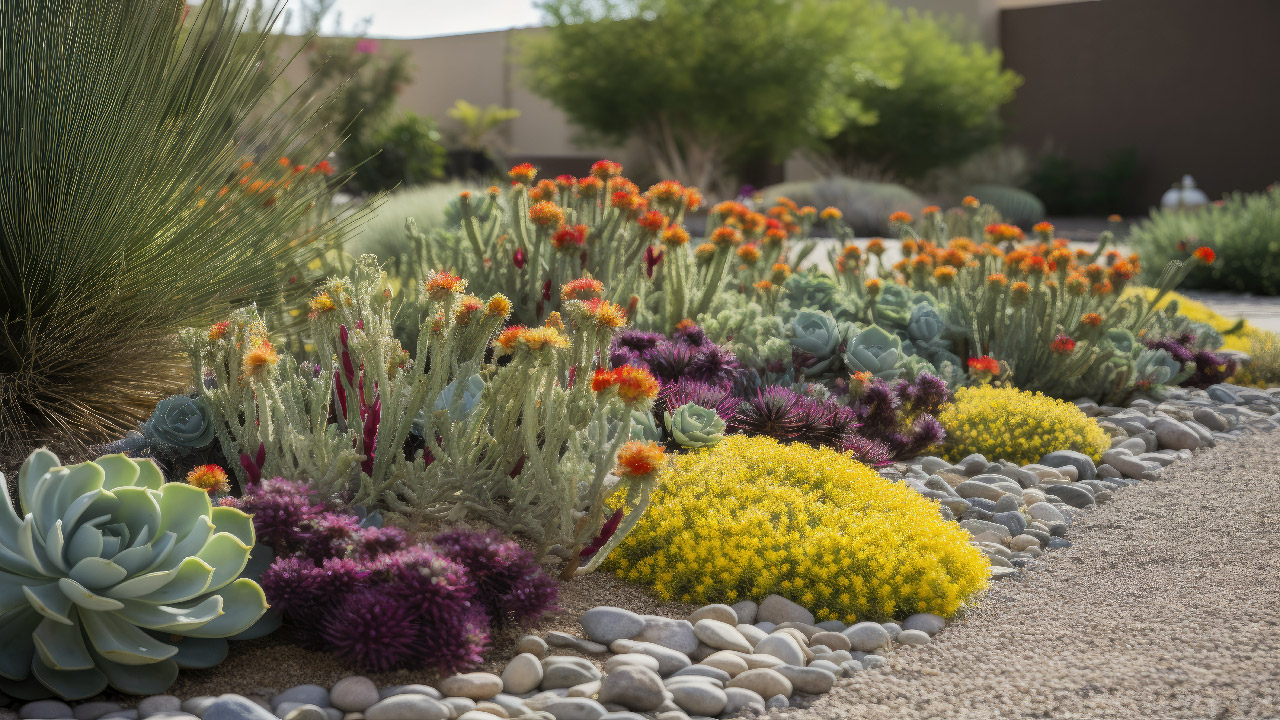5 Tips for a Successful Desert Garden
Aug 8th 2023
If you're trying to grow a successful desert garden in an area where water is scarce, you'll have to consider a few things for it to thrive. After all, this type of garden specifically adapts to grow in extreme climate conditions, including in high temperatures and low rainfall. The plants are designed to adapt by conserving water to achieve the desert garden's principal goal of generating a sustainable and beautiful landscape. This article discusses creating a desert garden with optimal success.
Tips on how to grow a successful desert garden
Tip 1: Choose the right plants
Firstly, you need to choose plants skilled at adapting to desert environments. These plants will have heat resistance, drought tolerance and require little water. There are many ways in which plants can cope with a desert climate, and cacti, agaves, desert wildflowers, and succulents are all popular plants that have learned how to survive.
Tip 2: Water the plants efficiently
Drip irrigation systems are commonly used in desert gardens, delivering water directly to the plants' roots. You can choose from various drip irrigation products, including sprayers and drippers. When established, desert trees and plants will need water once a week or even less in the winter. Cactus may not need any watering from November to February in some areas. Generally, an established xeric landscape should be watered deeply once every week or two, depending on the temperature.
Tip 3: Create a watering schedule
After monitoring the specific water requirements of each desert garden plant, you can create a watering schedule and water the plants deeply but infrequently. This technique will enable the soil to dry between waterings, thus prompting deeper root growth. Remember that you should adjust the watering schedule from season to season.
Tip 4: Give your plants enough room
Ensure you plant your plants with enough room to grow. With most dessert plants, 12 inches wide and 18 inches deep is sufficient. This method can stop the bed from overcrowding and allow enough air circulation, decreasing the risk of moisture loss and fungal diseases.
Tip 5: Create wind and shade protection
Finally, using shade cloths and windbreaks would protect your plants from the wind and sun. This approach can save your plants during intense conditions, helping them stay hydrated and intact.
Remember: when developing a successful desert garden, the key to success is constantly monitoring your plants' conditions and adjusting techniques as necessary. Establishing a proper watering schedule and the right plants for your environment may be tricky, but this isn't to say it's impossible. For more information on gardening, you can seek guidance from our informational videos. Happy gardening!

